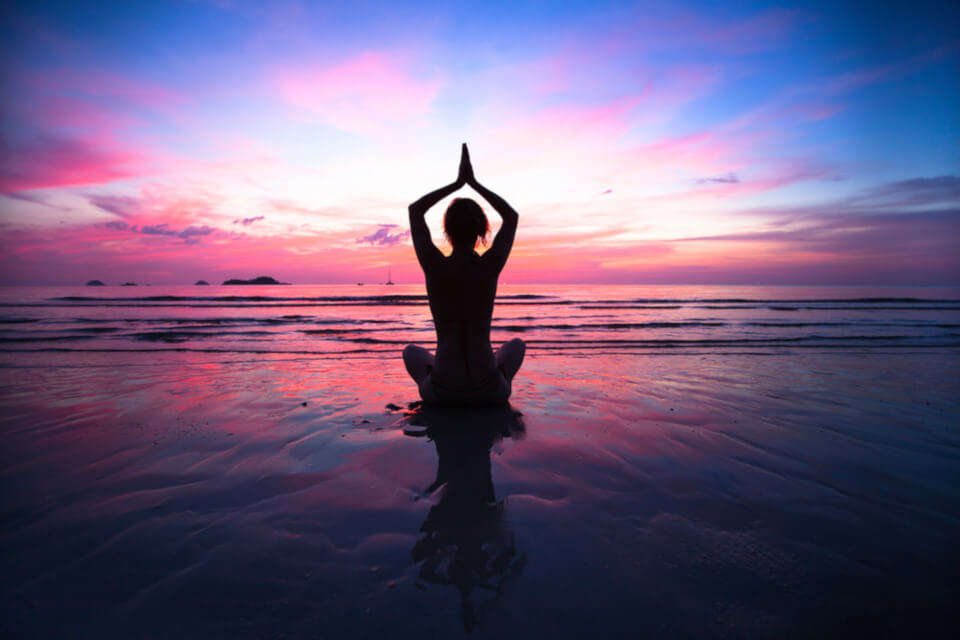Lu Jong: meaning and benefits

With origins in Tantric Buddhist practices, Lu Jong Yoga has a history of more than 2500 years, when it began to expand. “Lu” means body and “Jong” transformation, and thus this transformation of the body allows us to improve in various aspects our physical and mental health.
The legends say that Buddha only taught two movements to his disciples and that, with the teachings they had and observing the nature around them, they were able to develop the whole practice of Tibetan Yoga. It was through this observation and experience on the part of the Buddhist yogis that all movements in Lu Jong Yoga were created. The movements were later divided into four large groups.
Receive all our tips by email!
Love Astrology? Subscribe Now and Receive Exclusive Content!
Lu Jong Yoga: all you need to know
How do you breathe? If we think of how many times we breathe in one day, we will realize that we do not pay attention to the quality of breathing, we simply breathe.
But if we attach more importance to this apparently natural act, let us note that breathing is closely linked to the state of mind and external conditions and circumstances. A short breath means a restless mind. A long breath means a quiet mind. That’s where Lu Jong yoga comes in.
The body is a most precious vehicle for accessing the deeper states of the mind. We experience the world through the body, the mind, and the sensations. The practice of yoga helps us to keep a clear focus on our intention and helps us to decode our wants and sufferings.
4 groups of movements of Tibetan Yoga
Nowadays, the great transmitter and pioneer of this ancestral practice is Tulku Lobsang Rinpoche, a physician, assiduous practitioner and master in Lu Jong Yoga. Understand the groups of movements.
Movements of the 5 Elements
The first is the “Movements of the 5 Elements” that help us balance our body and harmonize all elements; if they are in disharmony, the probability of contracting illnesses, developing stress and emotional imbalances is greater.
5 Body Parts Movements
The “5 Body Parts Movements” make the second group and help care for the joints and the back, giving greater flexibility and possibility of movement to the body.
Vital Organ Movements
With the “Vital Organ Movements” we have the third group, which aims to improve the functioning of our body, helping all vital organs to function and to make an efficient transport of oxygen and blood.
6-Condition Movements
Finally, the “6-Condition Movements” make up the fourth group and alleviate problems like indigestion, fluid retention, and depression while clearing all five senses.
Benefits of Tibetan Lu Jong Yoga practice
Counting on years of history, the Tibetan Lu Jong Yoga brings several benefits to our body and mind and a daily practice is essential to begin to feel the desired effects
Besides the postural benefits of any yoga, the Tibetan version opens the perception of the internal spaces for the installation of states of tranquility. Tibetan yoga also teaches to deal with the emotions and flow of thoughts through meditation.
To meditate is much more than to sit and close your eyes, to meditate is to consciously lead your perception, to a path, to joy and to love.
Through the practice of Tibetan yoga, you develop physical and mental flexibility, objectivity, relaxation, joy, self-control, concentration, self-knowledge, attention, pleasure and serenity.
You may also like:
- How can Ashtanga Yoga change your life
- Nada Yoga: sound is important in practice
- Dru for you? Dru Yoga for health
- Viniyoga: your first introduction to yoga as a form of therapy
- Why choose Kripalu yoga over other styles?

